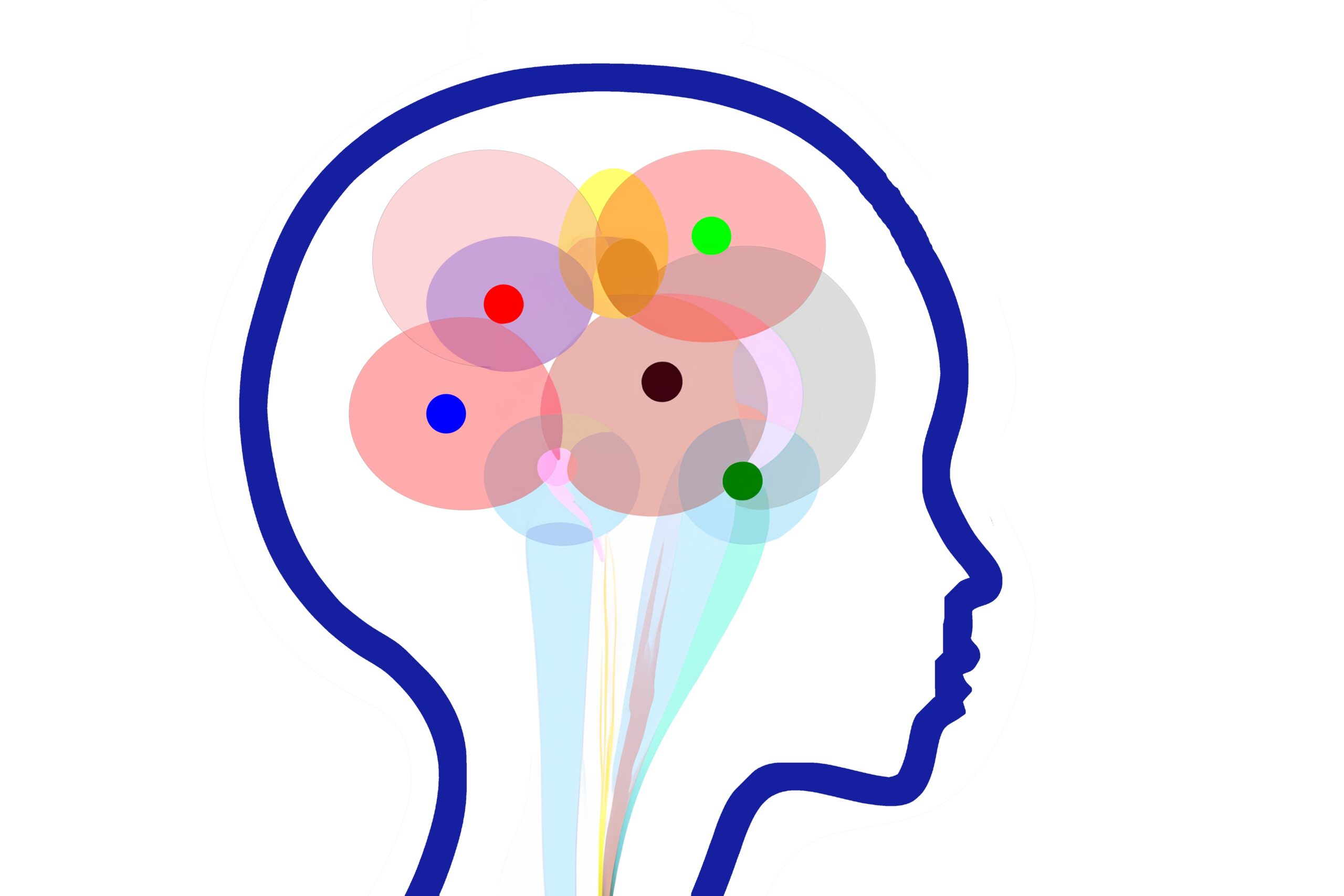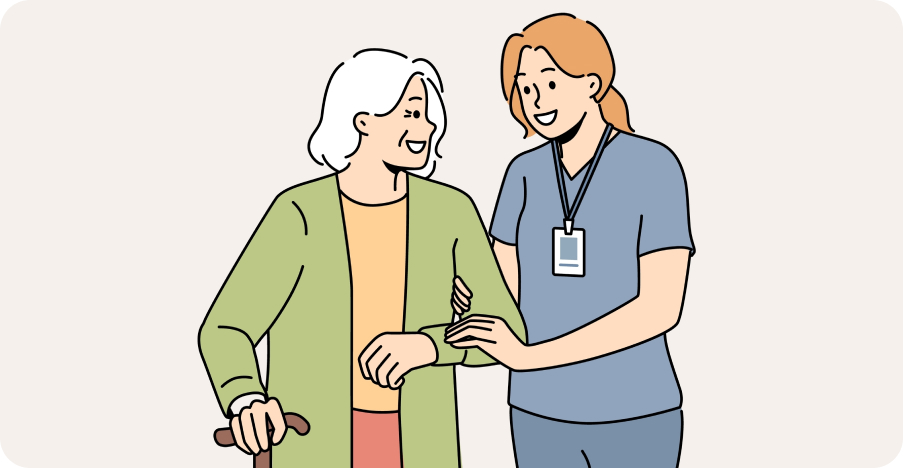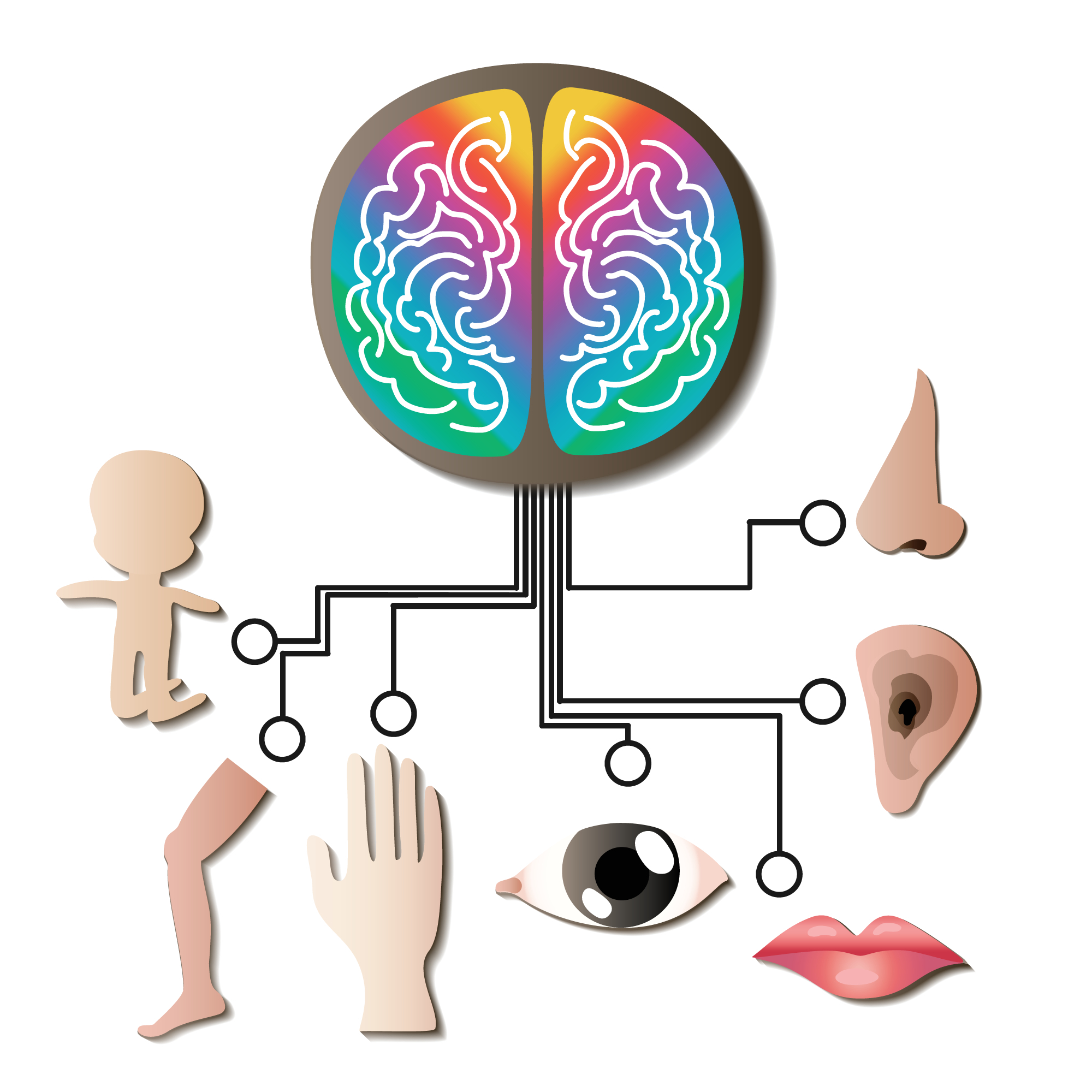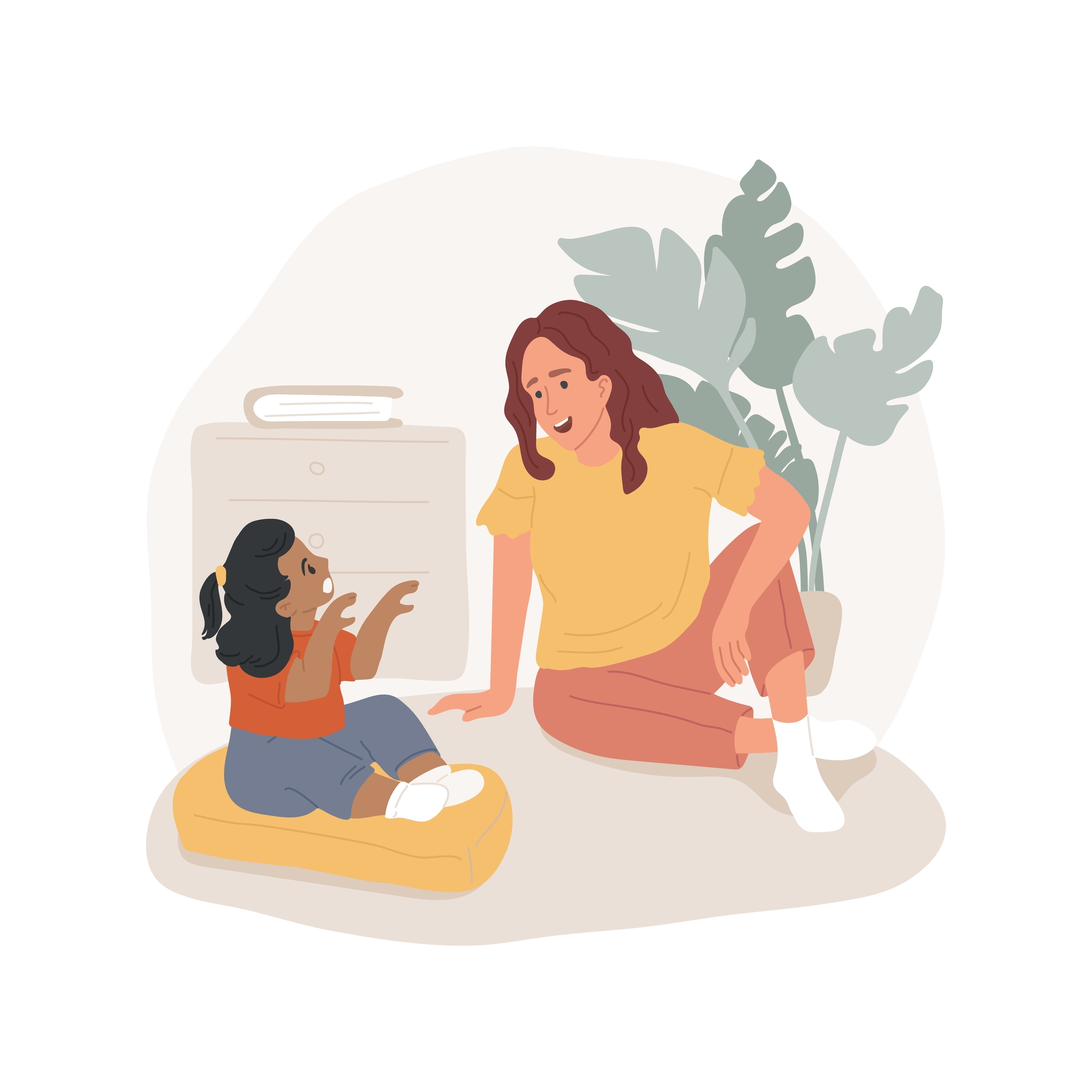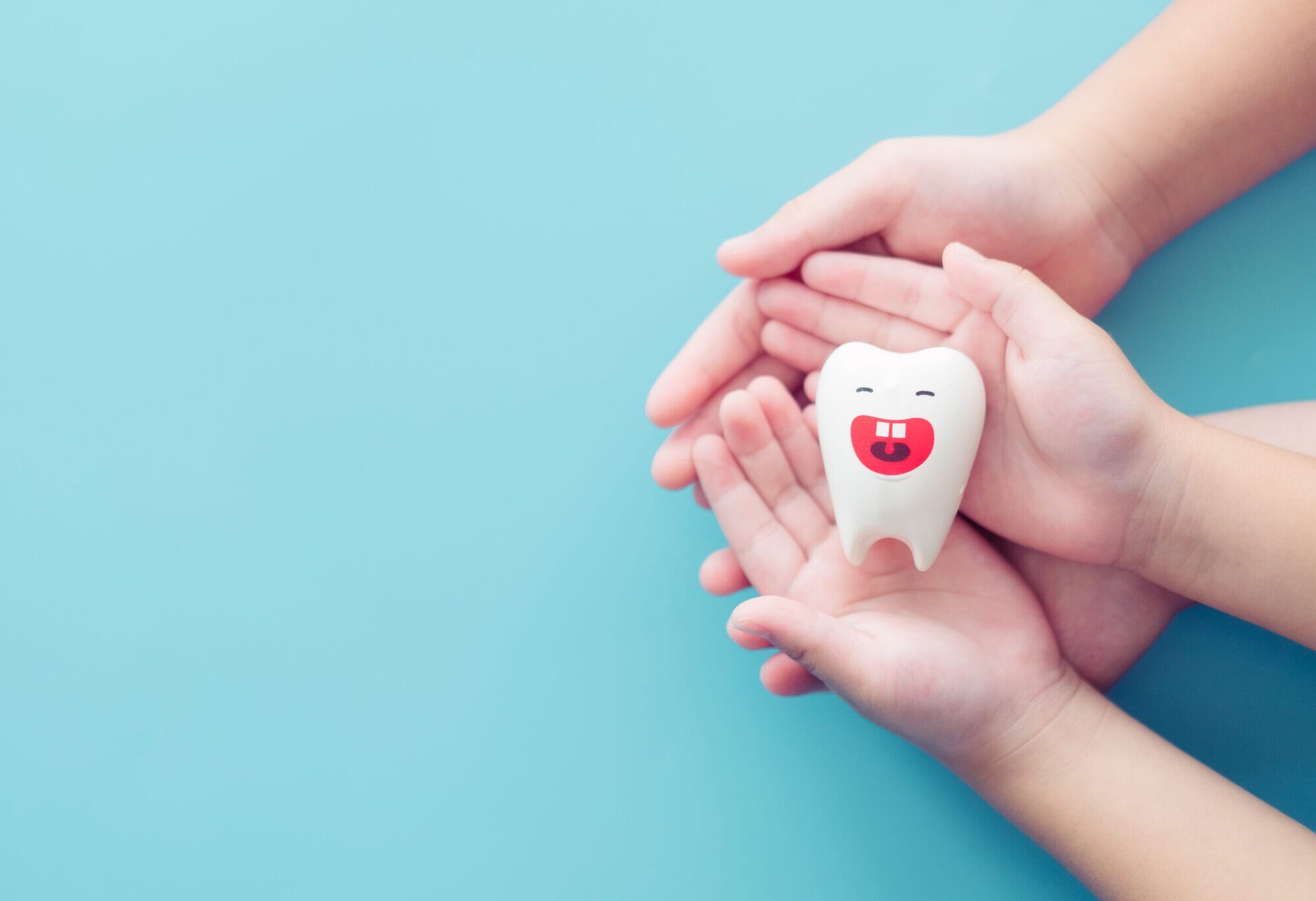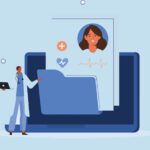Physical Therapy
Helping You Do More, Every Day.
From toddlers to seniors, DrSensory featured PTs support your goals at every stage.
Your Guide to Top-Rated Physical Therapists
Speak with a Physical Therapist—Personalized Help Starts Here.
We Simplify the Process of Finding Your Therapist!

Accurate Assessment and Diagnosis
Whether through an in-person or virtual consultation, Physical Therapists are licensed and specialized to assess, diagnose, and provide treatment for you or your child.

Personalized Treatment Plan
After a comprehensive assessment and diagnosis, physical therapists collaborate with you to develop a customized treatment plan tailored to your specific needs and objectives.

Constant Monitoring and Support
Physical therapists observe movements during sessions and monitor progress. This continuous observation enables therapists to make necessary adjustments to your treatment plan, ensuring it remains effective and tailored to your evolving needs.

Convenience and Accessibility
By opting for physical therapy, you can conveniently find and schedule therapy sessions at a time and place that works best for you. This makes physical therapy more accessible for everyone.
Here's our process...
Learn and Explore
Start by exploring our trusted resources on occupational, physical, and speech therapy. From sensory integration to post-op recovery, we offer expert-backed information to help you understand symptoms, strategies, and treatment options across all ages.
Find the Right Therapist
Use our DrSensory Therapist Database to search for qualified PTs, OTs, and SLPs near you. Filter by specialty, age group, or diagnosis to connect with a provider who truly understands your unique needs.
Continue Your Journey
Therapy doesn’t end after the first session—and neither does our support. Stay connected with ongoing education, progress tools, and tips to help you stay motivated, informed, and empowered at every stage of your therapy journey.
Featured Physical Therapists Available to
Speak with you
Filter by Location
No therapists found!
Common Conditions Addressed by Physical Therapy
-

-

-

-

-

-

-

-

-

-


Top Benefits of Physical Therapy Include:
Pain relief without medication: Targeted exercises, manual therapy, and modalities like ultrasound or electrical stimulation can reduce pain naturally.
Improved mobility and flexibility: PT helps restore movement in joints and muscles, making it easier to walk, reach, bend, or move without discomfort.
Injury prevention: PT not only treats current injuries but also helps prevent future ones by correcting movement patterns and strengthening weak areas.
Post-surgical recovery: Early and consistent physical therapy can shorten recovery time, reduce complications, and improve surgical outcomes.
Chronic condition management: For conditions like arthritis, fibromyalgia, or Parkinson’s disease, PT helps manage symptoms and improve daily function.
Improved balance and fall prevention: Especially important for older adults, physical therapy improves strength and coordination to reduce fall risk.
Sports performance enhancement: Athletes use PT to recover safely and return to their sport stronger, with improved mechanics and lower re-injury risk.
Better posture and body mechanics: PT helps correct posture and teaches proper movement to prevent overuse injuries and muscle imbalances.
Support for children with developmental delays: Pediatric PT helps kids meet motor milestones and participate fully in school, play, and daily life.
Physical Therapy FAQ
What is physical therapy and how does it work?
Physical therapy helps individuals restore movement, reduce pain, and improve function after injury, surgery, or chronic conditions through personalized exercises and techniques.
Who should see a physical therapist?
Anyone experiencing pain, limited mobility, injury recovery, or balance issues—whether from sports, surgery, or age-related conditions—can benefit from physical therapy.
What conditions do physical therapists treat?
PTs treat a wide range of conditions, including back pain, joint injuries, post-surgical recovery, neurological disorders, arthritis, sports injuries, and more.
What is the difference between physical therapy and occupational therapy?
Physical therapy focuses on restoring physical movement and strength, while occupational therapy helps individuals perform daily tasks and develop life skills.
Can physical therapy help with chronic pain?
Yes. Physical therapists use targeted exercises, manual therapy, and pain management strategies to reduce chronic pain and improve quality of life.
Can children benefit from physical therapy?
Absolutely. Pediatric physical therapy helps children improve mobility, motor development, balance, and strength—especially in conditions like cerebral palsy, developmental delays, or after injury.
Where can I find a licensed physical therapist near me?
Use the DrSensory Therapist Database to find qualified physical therapists in your area, filtered by specialty, diagnosis, and age group.
Who We Work With

Children

Parents & Caretakers
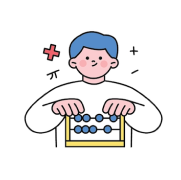
Therapists
Questions? Get in Touch!
Featured Articles and Resources
See our Blogs and Articles for Featured Content.









